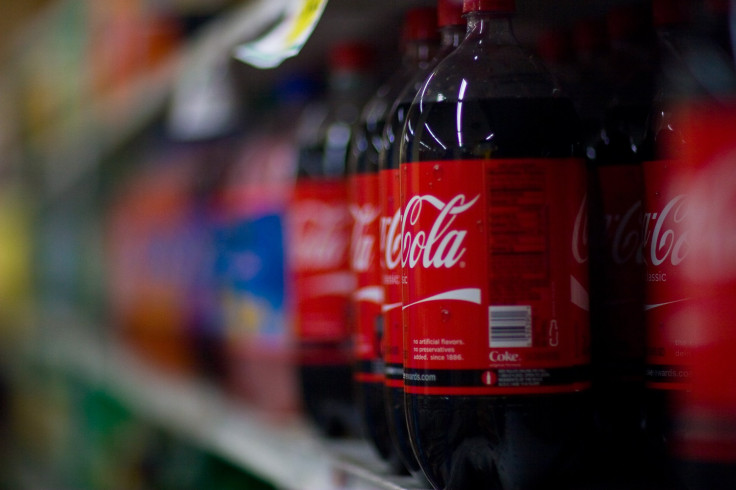1 To 2 Sugary Drinks A Day Increase Risk Of Cardiovascular Disease: New Nutrition Labels May Help Reduce Bad Habits

Soda, sports drinks, fruit drinks, energy drinks, and coffee drinks are just some of the sugar-sweetened beverages highlighted in a new study on fructose, published in the Journal of the American College of Cardiology. Harvard Public Health researchers studied how sweeteners like high-fructose corn syrup affect the human body and found that just one or two servings of sugary beverages a day could lead to excessive weight gain and a higher risk of diabetes and heart disease.
"Our findings underscore the urgent need for public health strategies that reduce the consumption of these drinks," said the study’s lead author Dr. Frank Hu, a nutrition and epidemiology professor at Harvard School of Public Health, in a press release. "Regular consumption of sugar-sweetened beverages can lead to weight gain because the liquid calories are not filling, and so people don't reduce their food intake at subsequent meals."
Hu and his colleagues examined data from past studies and found that only one or two servings per day of a sugary beverage, like soda, fruit juice, or the like, could increase risk of developing type 2 diabetes by 26 percent. One or two servings was also found to increase risk of experiencing a heart attack or dying from heart disease by 35 percent, while also increasing risk of stroke by 16 percent.
People rarely consume fructose by itself. Instead, fructose makes its way into a person’s diet from fructose-containing sugars like sucrose and high-fructose corn syrup (HFCS), which are found in sugar-sweetened beverages. Fructose naturally occurs in many fruits and vegetables, and is typically consumed in healthy quantities without increasing risk of disease. However, when it’s processed by manufacturers, it’s often added to a wide variety of frequently consumed products like soda, and even bread. Accumulating evidence has linked consuming one or more sugar-sweetened beverages a day to an unhealthy amount of weight gain and eventually obesity.
Hu explained that part of the problem is how fructose breaks down in the body. Fructose is quickly metabolized by the liver, but when there is more sugar than the liver can process, it converts the sugar into fat. Some of that fat is sent into the bloodstream, which is how people develop high triglyceride levels. According to the Mayo Clinic, having high levels of fat in the bloodstream can increase a person’s risk of heart disease.
Americans began eating high levels of HFCS when manufacturers began using it over sugar — it’s far cheaper. Between 1970 and 1990, use of HFCS increased over 1,000 percent in commercial products, a dramatic growth for the sweetener industry. Today, half of the U.S. population consumes sugar-sweetened beverages every day, and a quarter of it gets at least 200 calories per day from them.
Hu believes that if the nutrition labels on products can be improved to clearly define the amount of added sugar a product contains, and how much a person should consume each day, then consumers will become more educated in what they’re drinking. Ultimately, they’ll be able to reduce how much they drink.
"Although reducing the consumption of sugar-sweetened beverages or added sugar alone is unlikely to solve the obesity epidemic entirely," Hu said, "limiting intake is one simple change that will have a measurable impact on weight control and prevention of cardio-metabolic diseases."
Source: Hu F. Journal of the American College of Cardiology. 2015.



























